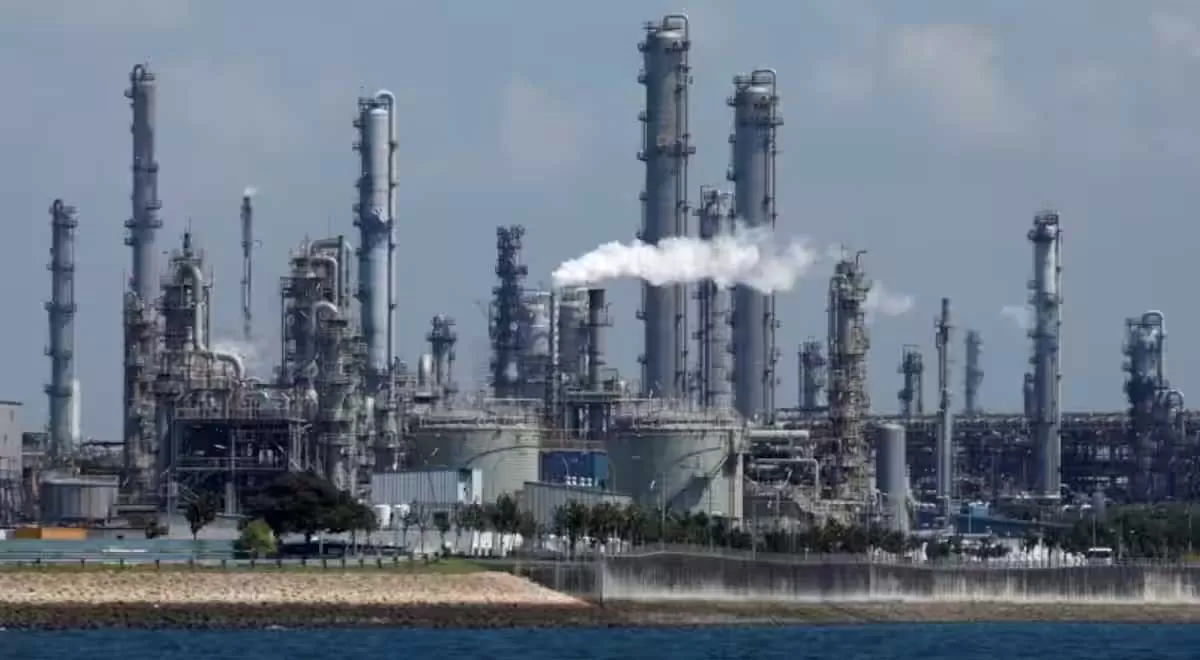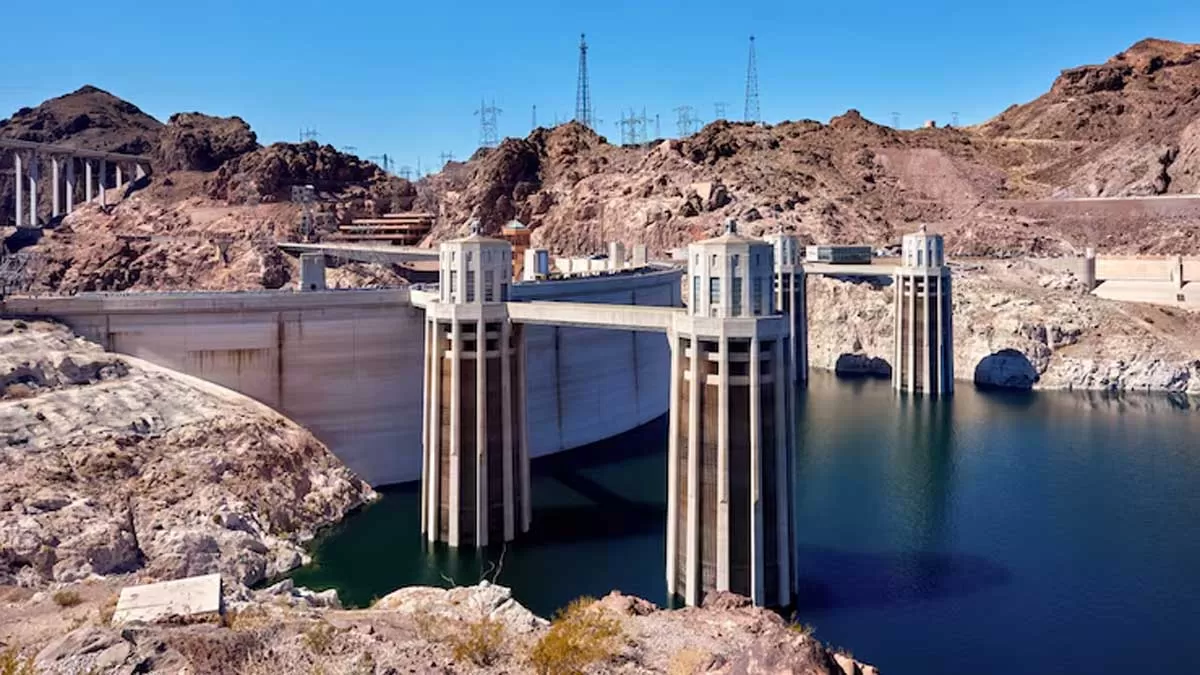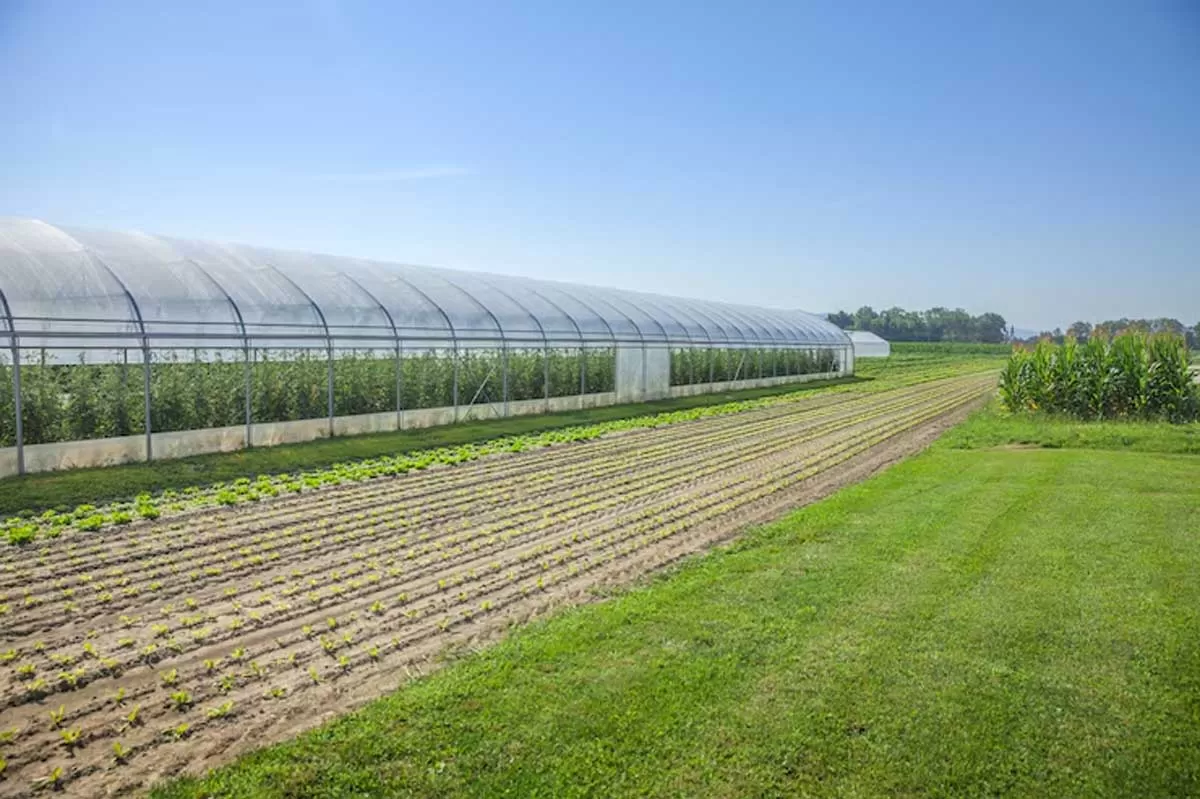
Haldia Petchem plans $10 bn oil-to-chemical project in South India

Anandapur Barrage Project Aims to Irrigate 60,000 Hectares
Development Commissioner-cum-Additional Chief Secretary (ACS), Department of Water Resources, Anu Garg, reviewed the progress of the Anandapur Barrage Project during her visit to Keonjhar district. The inspection covered the ongoing work of two main canal systems, alongside project engineers and local officials.The Anandapur Barrage Project is a key irrigation initiative designed to facilitate intra-basin water transfer to irrigate 60,000 hectares of cultivated land. The areas covered include Hatadihi, Anandapur, and Ghasipura blocks in Keonjhar district, and Oupada, Nilagiri, Bahanaga, Balaso..

IRCON Wins Rs 1.87 Bn Rural Industrial Park Contract in Kerala
IRCON International Limited, a state-owned engineering and construction firm, has secured a contract worth Rs 1.87 Bn from Kerala State IT Infrastructure Limited (KSITIL) for building a dedicated rural industrial park in Thiruvananthapuram district. The value excludes goods and services tax.According to the company's regulatory filing, the project will be executed as a works contract on an item-rate basis and is scheduled for completion within 30 months. The scope includes infrastructure development and civil works to promote rural industrialisation in the region.This win adds to a series of p..

DRDO, Indian Navy Validate New Multi-Influence Ground Mine
The Defence Research and Development Organisation (DRDO) and the Indian Navy have successfully conducted combat firing, using reduced explosives, of the indigenously developed Multi-Influence Ground Mine (MIGM). This advanced underwater mine has been designed by the Naval Science and Technological Laboratory, Visakhapatnam, in collaboration with other DRDO laboratories in Pune and Chandigarh.MIGM is engineered to strengthen the Indian Navy’s undersea warfare capabilities by countering modern stealth ships and submarines. It marks a key advancement in indigenous defence manufacturing and unde..














